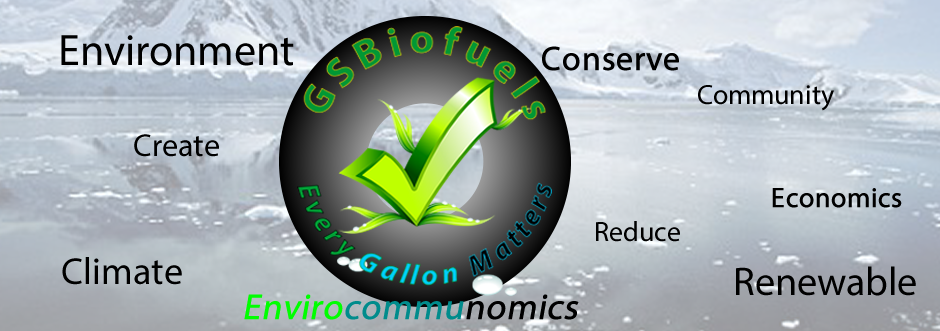Using data from NASA Satellites, a research team of international scientists has observed a sudden drop in freshwater that started in 2014 and has persisted since then.
The Gravity Recovery and Climate Experiment (GRACE) satellites revealed a drastic decline in global terrestrial water storage, or TWS, between May 2014 and March 2016. The scientists warned that those water levels have still not recovered as of 2023. They shared their findings in a study published in the journal Surveys in Geophysics.
From 2015 through 2023, surface and groundwater levels were about 290 cubic miles below the average stored freshwater levels from 2002 through 2014, NASA reported. According to Matthew Rodell, a co-author of the study and a hydrologist at NASA’s Goddard Space Flight Center, the amount of water lost from 2015 onward was about 2.5 times the volume of Lake Erie.
The freshwater depletion was driven by drought and exacerbated by the 2016 El Niño event and the increasing modern agricultural and municipal demand for water. The team behind the study also predicted that global warming is playing a part in the declining freshwater levels.
The start of the declining freshwater can be drawn to a record-setting drought in northeastern South America, and water levels struggled to recover as droughts continued to hit all over the world, with massive droughts affecting Australasia, South America, North America, Europe and Africa, the authors reported.
Then, in 2016, one of the strongest El Niño events on record further affected precipitation and affected freshwater recovery, which has remained stalled as more droughts take hold globally. As UNICEF reported, there continues to be a record-breaking drought in the Amazon region since 2023, even worse than the drought that kicked off the freshwater depletion in 2014. This ongoing drought and others around the world affect public health, food security, transportation and more essentials.
Scientists noted that global warming could be to blame for the declining freshwater levels, because the phenomenon can lead to more intense, frequent droughts and can amplify evapotranspiration, where more water from plants and soil moves back into the atmosphere. Further, when precipitation patterns change and lead to more rainfall, the freshwater levels cannot be properly restored.
“The problem when you have extreme precipitation is the water ends up running off,” explained Michael Bosilovich, co-author of the study and NASA Goddard meteorologist. “Warming temperatures increase both the evaporation of water from the surface to the atmosphere, and the water-holding capacity of the atmosphere, increasing the frequency and intensity of drought conditions.”
Scientists are unsure whether the lower freshwater levels will recover. There has also been concern that they could continue to decline, especially as European Union’s Copernicus Climate Change Service (C3S) has predicted 2024 to be the hottest year ever recorded.
“We don’t think this is a coincidence, and it could be a harbinger of what’s to come,” Rodell said.
The post NASA Satellites Show Major Drop in Global Freshwater Since 2014 appeared first on EcoWatch.



